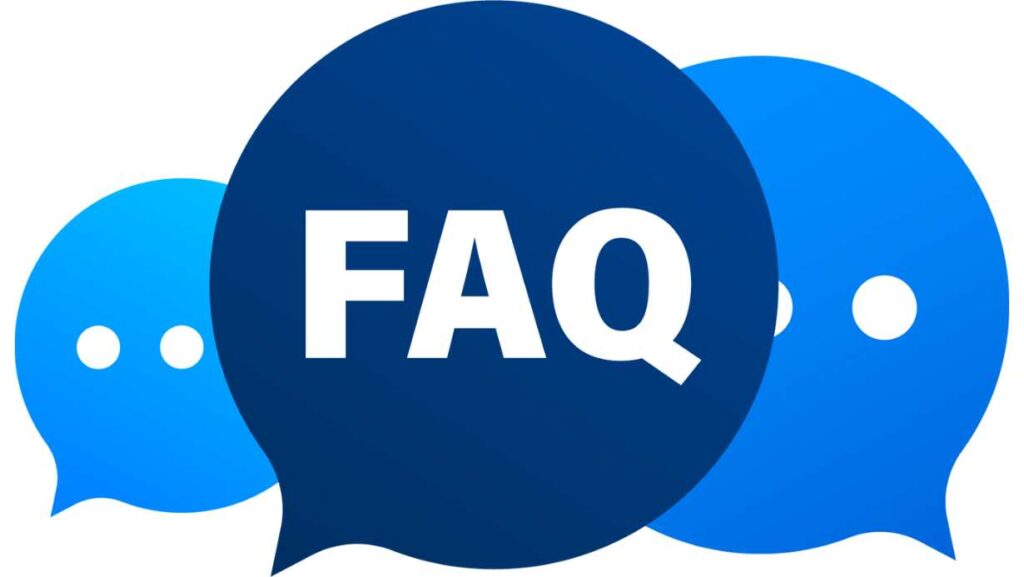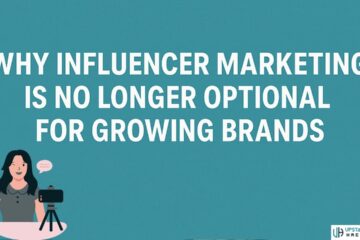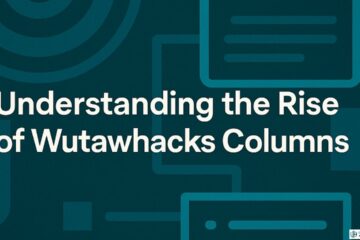Building links is still one of the strongest parts of any link building strategy, but doing it incorrectly can lead to serious trouble. Many businesses jump into backlink building without a plan, hoping more links will quickly boost their rankings. But not all links are helpful—some can hurt your progress.
Search engines have become smarter, and low-quality, spammy backlinks now cause more harm than good. This article explains the risks of using outdated or poor link-building methods. You’ll also learn how to create a strong, long-term plan that gets real results without hurting your SEO.
The Hidden Danger of Blind Link Building
Many people still think more links always mean better rankings. But search engine optimisation today is all about relevance and quality. A link-building campaign with no direction often leads to links from spammy backlinks, link farms, or unrelated pages. Google uses advanced systems to catch these low-quality tactics. In fact, in 2023 alone, Google rolled out multiple updates targeting poor linking practices, which caused ranking drops for thousands of websites.
A weak backlink-building strategy can harm your reputation with Google and its users. For example, if other websites linking to you are known for shady practices, your site will be seen in the same light. Once penalised, recovery is difficult and often takes months. In worse cases, pages altogether drop out of search engine rankings, making recovery nearly impossible without deep clean-up and disavowing hundreds of links.
Chasing Quantity Over Quality Hurts More Than You Think
Website owners often build more links instead of better ones. However, quality backlinks from relevant websites truly matter. A study from Ahrefs found that 66.5% of pages have zero do-follow links, and those that do rank better often have a balanced mix of link types.
You may attract links from weak or unrelated sources if you push for link quantity. These don’t help rankings and may confuse search engines. The result? It is a messy link profile with no real gain in traffic or visibility. Worse, many companies pay for services that promise quick results, only to find that their rankings crash weeks later.
Using Outdated SEO Tactics Could Lead to Penalties
Some website owners still use link exchanges, private blog networks (PBNs), or automated link submissions. These methods once worked, but today, they are outdated and flagged as spam. According to a 2023 SEMrush report, sites using PBNs saw a 57% drop in rankings after Google’s Helpful Content update.

These tactics ignore the current rules of SEO. Search engines now look for context, natural link profiles, and anchor text diversity. Using exact match anchors too often also raises red flags. If your link seems forced or out of place, it’s more likely to get devalued or ignored.
Misusing Tools Like Google Search Console
Many use Google Search Console only to check for issues after a problem arises. But this tool can help track your progress and find harmful backlinks early. Using the “Links” section, you can see who links to you and evaluate sites linking back.
If you see a rise in links from spam-filled directories or suspicious other sites, it’s time to act. Google won’t always inform you about penalties, so staying proactive is key. Regular monitoring helps you clean up low-value links before they cause real damage.
Not Researching Relevant Link Prospects
A big part of a good link-building strategy is targeting relevant link prospects. That means finding other websites or blogs that match your niche, have good traffic, and are linked to high-quality links. Without this step, many campaigns waste time contacting sites that offer no SEO benefit.
For example, a tech blog getting links from unrelated beauty sites doesn’t help its authority. Instead, outreach should focus on external links from trusted, related platforms. When your content is linked to similar blog post topics, search engines understand that your content is valuable and in demand.
Ignoring Broken Link Building Opportunities
Broken link building is a smart and ethical strategy, but many skip it. It involves finding pages with dead links on relevant websites, creating similar content, and asking the owner to replace the link with your live page. This way, both sides benefit.

According to Backlinko, one broken link opportunity out of every ten outreach emails gets a positive reply. That might sound low, but when done at scale, it adds up. Plus, these links are naturally placed and make your site look helpful to search engines.
Signs Your Link-Building Strategy Is Failing
Check your strategy against this list. If these apply to you, it’s time to make a change:
- Most of your links are from unrelated or low-authority sites
- You’re using the same anchor text in every link
- Your linked page doesn’t match the content of the referring site
- You’re paying for bulk link packages
- You see no ranking or traffic improvement despite more links
Comparing Link Building Strategies
| Strategy | Risk Level | Success Rate | Time Required | Works Long-Term? | Cost |
| Spammy Directory Listings | High | Very Low | Fast | No | Low |
| Broken Link Building | Low | Medium | Moderate | Yes | Medium |
| Buying Bulk Backlinks | Very High | Low | Fast | No | Varies |
| Guest Blogging on Niche Sites | Low | High | Slow | Yes | Medium-High |
| PBNs and Link Farms | Very High | Very Low | Fast | No | Low |
| Manual Outreach to Bloggers | Low | Medium-High | Moderate | Yes | Medium |
Final Words
A strong link-building strategy isn’t about chasing more links but building the right ones using the right white SEO tools. Using cheap tricks or outdated tactics can easily backfire. Stick with smart, ethical ways to earn high-quality backlinks, and your SEO will grow safely and steadily.
FAQs

What’s the safest way to build links today?
Focus on guest blogging, broken link building, and contacting relevant websites with helpful content. Avoid paid or automated link schemes that can lead to penalties.
How do I clean up bad backlinks?
Use tools like Google Search Console or Ahrefs to find spammy backlinks, then disavow them through Google. Follow up with stronger links from high-quality sources.
See Also:










